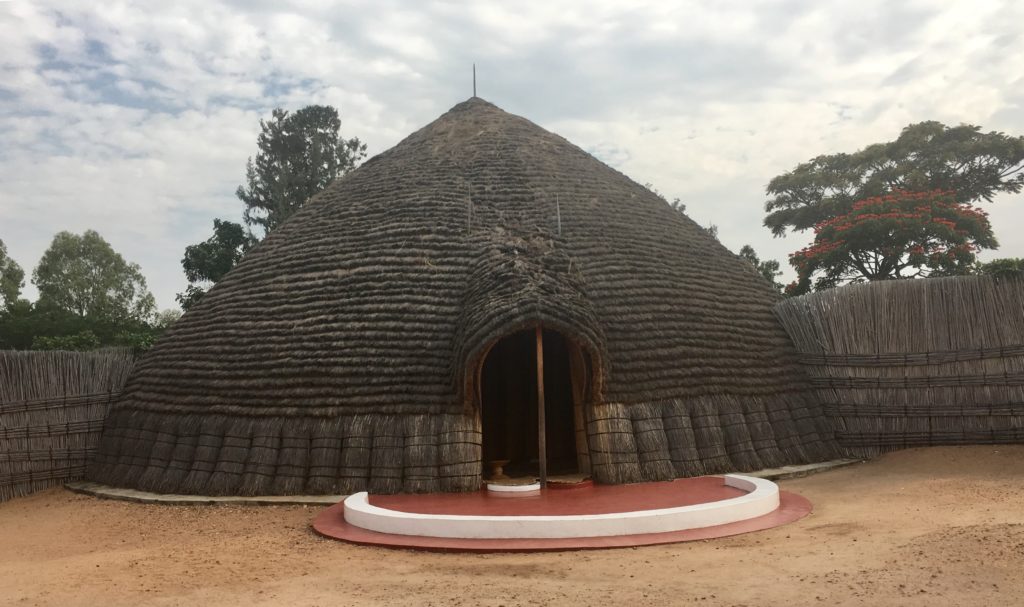
This gallery contains 9 photos →


This gallery contains 9 photos →
The Rwandan genocide was built on a lie about ethnicity. But how true is the story invented to encourage reconciliation? And can the hunt for the Rwanda’s real prehistory disturb that effort? Here’s an opinion article I wrote on the issue for my African Archaeology course:
“Nubians, I was hoping to avoid them” (from “The Jewel of the Nile”)
Egypt’s ventures south, into Lower Nubia (Wawat) and Upper Nubia (Kush), were colonial, to secure access to resources, both those available through direct mining and quarrying as well as those procured through trade. In mineral wealth, Nubia offered primarily, gold, but there was also amethyst, turquoise, copper, and gneiss. It was also the channel for exotic items from the African hinterland from ivory, giraffes, and incense to a famous dwarf.
In mid-July I finally had an opportunity to take part in an archaeological excavation. I spent four days on a dig by the Gotland Archaeological Field School at a place called Gudings slott, near Eke in southeastern Gotland.
This is the paper I wrote for Archaeology B, describing how the Egyptian New Kingdom workers’ village of Deir el-Medina, the desert home of the men who built the tombs in the Valley of the Kings, was provided with water. Basically, it was all carried in on donkey back (although an attempt was made to dig a well):
After visiting the Stockby burial mound Lidingö 6:1 recently, I wrote to the Stockholm County Administrative Board,to point out that the sign describing the site was gone and that cement blocks had been dumped on the side of the mound. They replied last week that they’d check it out.
I visited the mound today, and the while the sign is still missing, the cement blocks have been removed!